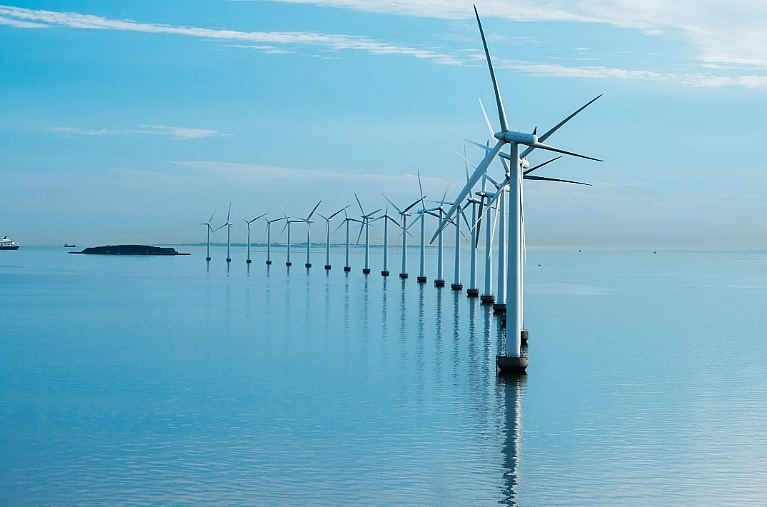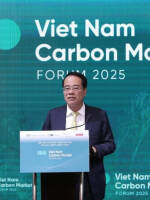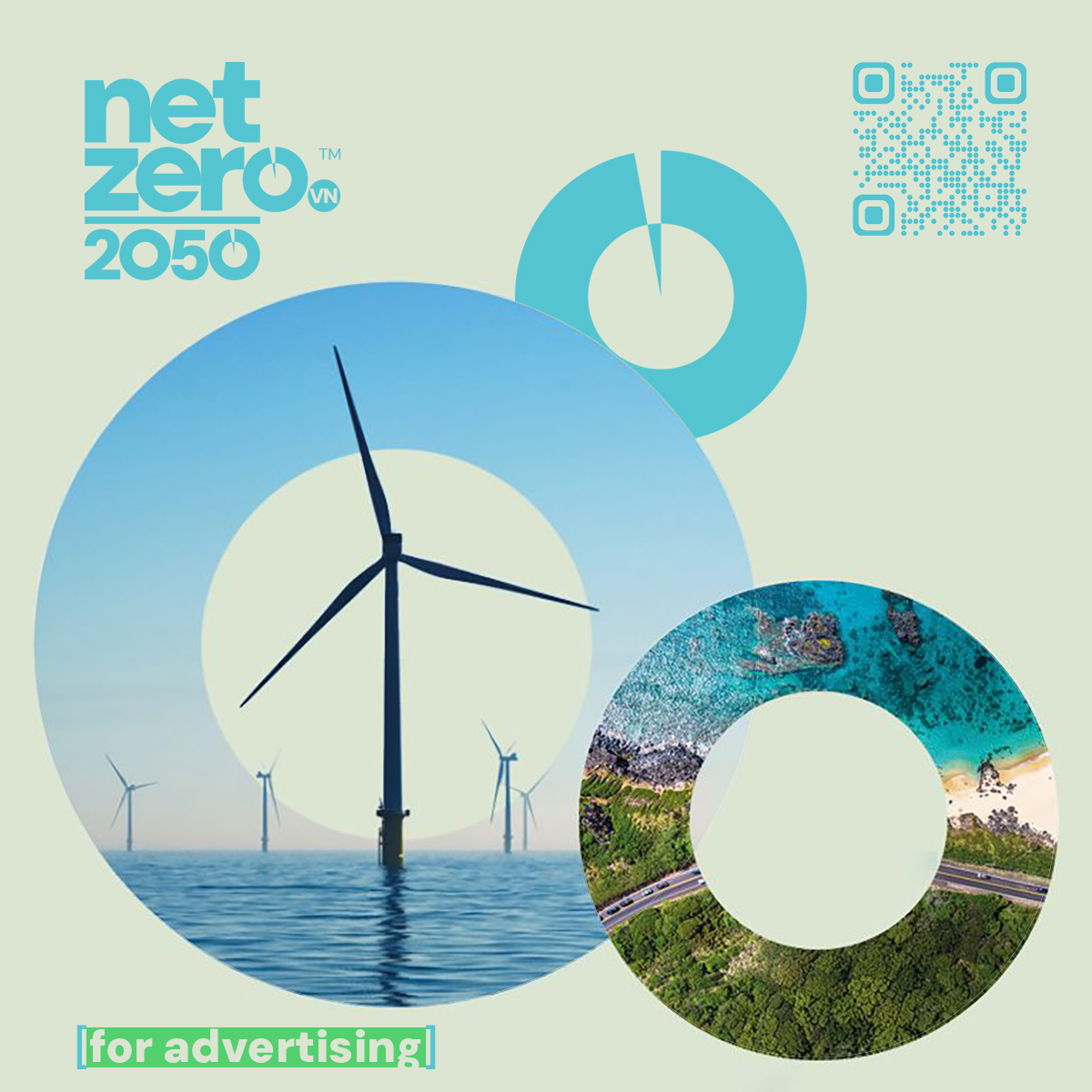
Vietnam has set some of the most ambitious clean energy goals in Asia. Under the Power Development Plan VIII and the Just Energy Transition Partnership, the country aims for renewable energy to account for 30 per cent of installed capacity by 2030 and up to 75 per cent by 2050. Achieving these targets will require not only investment and infrastructure, but also policies that create confidence for both domestic and international stakeholders.
In a talk with VIR last week, experts highlighted three interconnected technologies that will be central to this transition: OSW, battery storage, and green hydrogen. Each has potential in its own right, but together they form a system that can provide stability, flexibility, and resilience.
OSW represents Vietnam’s strongest natural advantage, with long coastlines and favourable conditions compared with regional peers. Battery storage offers the ability to balance intermittent supply, while green hydrogen provides an option for long-term storage and decarbonisation of hard-to-abate industries.

“The trio of OSW, batteries, and hydrogen is particularly well suited to Vietnam,” noted Trung Ghi, partner and head of Energy and Utilities Practice for Southeast Asia at Arthur D. Little.
He explained that while OSW is a promising resource, it cannot meet demand consistently without storage technologies. Batteries can bridge short-term gaps, and hydrogen can expand storage capacity from hours to months, creating a more reliable system overall.
Looking ahead, Vietnam’s participation in the emerging Asian power grid will be critical. By exporting renewable energy to neighbours such as Singapore through subsea cables, the country could enhance both its economic stability and its geopolitical importance, he said. This will also spur the development of local supply chains, new jobs in OSW, and auxiliary industries to support subsea transmission.
However, ambition alone will not guarantee success. Developing a regulatory framework that gives clarity to investors is just as important as expanding infrastructure.
“Vietnam has taken encouraging steps, such as new feed-in tariffs for solar projects that integrate storage, but a more comprehensive policy framework is needed for OSW and hydrogen,” Ghi emphasised.
He added that cost is another major barrier, especially for green hydrogen. At present, production costs stand at around $4-6 per kg, well above the target of $2-3 that would make it competitive. Reducing the cost of electrolysers, which accounts for a large share of hydrogen production expenses, will be essential. Advances in technology, economics of scale, and the application of digital tools such as AI for design and simulation are expected to accelerate this process.
“At the same time, government incentives and certification schemes will be vital to give investors the confidence to commit capital,” he suggested.
The policy environment will also determine Vietnam’s ability to compete in export markets. Future buyers of Vietnamese green hydrogen and clean power are likely to include Japan, South Korea, and Europe, each with different regulatory expectations.
Europe in particular has introduced the Carbon Border Adjustment Mechanism alongside strict sustainability and greenhouse gas (GHG) accounting rules under the Renewable Energy Directive and related certification schemes.
Moreover, FuelEU Maritime / ReFuelEU Aviation has set guidelines on GHG intensity limits for shipping and aviation fuels, which will impact the low carbon fuel production from Vietnam. Japan focuses more on carbon intensity but remains relatively flexible on technology choices.
“Aligning early with these evolving standards will be important if Vietnam is to become a credible exporter,” Trung said.
Despite these challenges, the outlook remains optimistic. The expert expected that costs would fall as technology matures and supply chains develop, while investor appetite for sustainable infrastructure continues to grow. Vietnam’s favourable geography, supportive policy direction, and growing role in regional energy trade give it a strong foundation to build on.
According to Ghi, the next five to ten years will be decisive. Vietnam has the opportunity not only to meet its domestic energy needs sustainably, but also to position itself as a key clean energy supplier within Asia.
“The combination of OSW, storage, and hydrogen, supported by the right mix of policy and investment, can transform the country into a renewable powerhouse,” he stated.
Nguyen Huong




